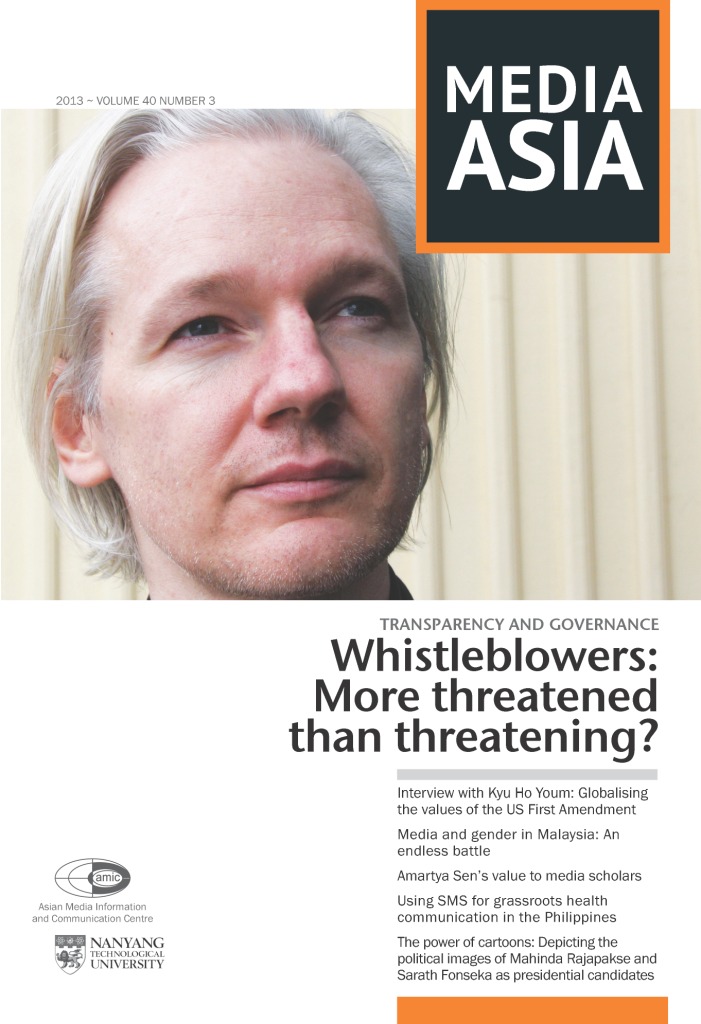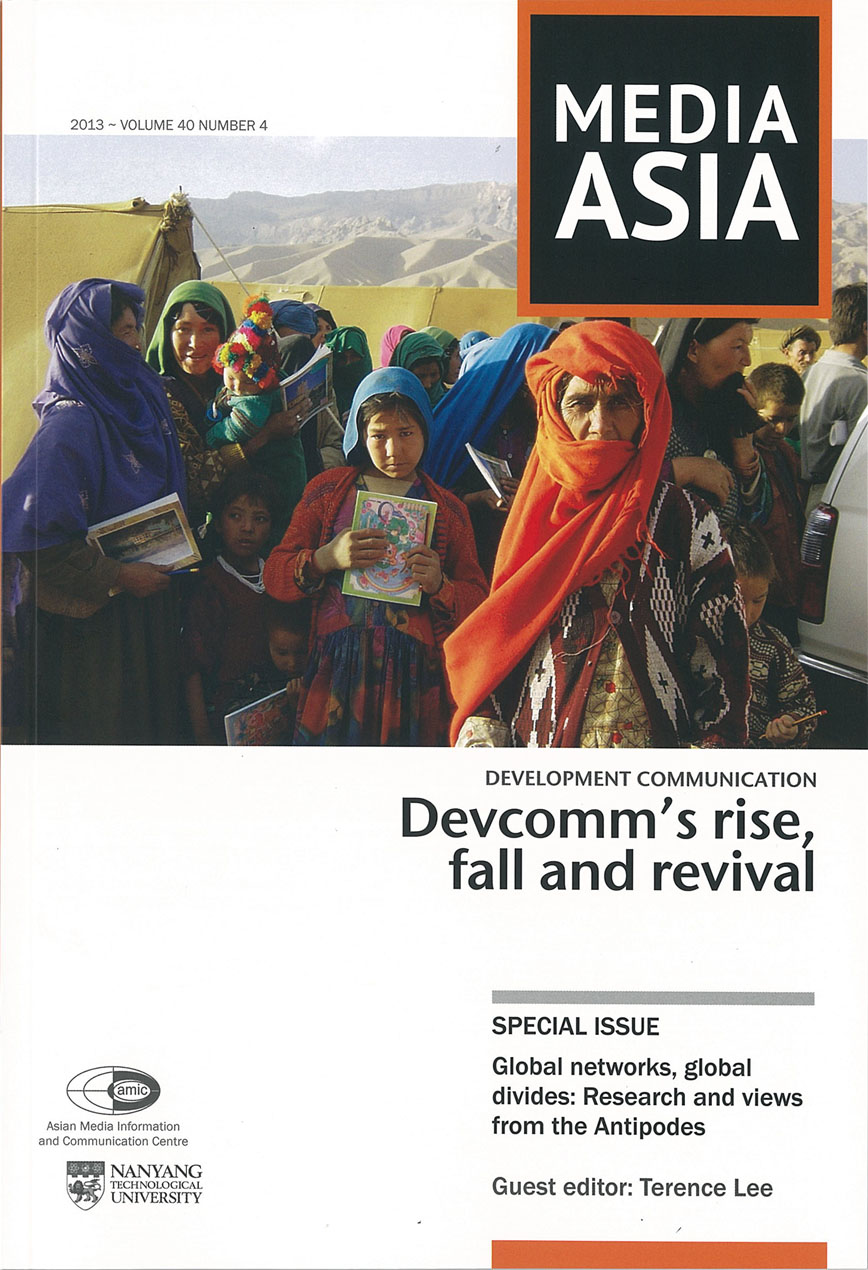
Mar 20, 2014 | Annual Conference
Preparations for AMIC’s 2014 conference in Bangkok (9th-12th July) have taken a significant step forward with the naming of the Chaophya Park Hotel as the venue for the prestigious annual event.
The Chaophya Park Hotel is located in Ratchadapisek, close to major shopping complexes and entertainment centres. It boasts a range of restaurants, conference rooms and a major ballroom. The hotel is easily accessible through the newly opened subway system, which is also linked with Bangkok’s Sky Train. The nearest MRT station, Rachdapisek, is only a 5-minute walk from the hotel. The city’s two major airports are also readily reachable by taxi or train. http://www.chaophyapark.com



Hotel room bookings at the special AMIC conference rate will be open shortly and an exclusive AMIC conference accommodation booking code will soon be made available.
In addition to the Chaophya Park Hotel, several other budget hotels close to the main venue will also be available for AMIC conference attendees. Details of these hotels will also be provided shortly.
AMIC Secretary-General, Martin Hadlow, thanked the conference hosts, Chulalongkorn University, for choosing such an excellent venue for the AMIC 2014 event. He also called on prospective delegates considering attending AMIC 2014 to get their abstracts to the AMIC Secretariat as soon as possible. “The clock is ticking” he said, “and we look forward to receiving a flood of abstracts and paper proposals before the 4th April deadline.”
This year’s conference theme is Communicating in an e-Asia: values, technologies and challenges. The Call for Papers is available at www.amic.org.sg.
Jan 23, 2014 | Member Updates
Dec 10, 2013 | Annual Conference, Member Updates
Globally, the last decade has seen exponential growth in the use of mobile technologies and the Internet. From e-mail to e-governance, e-commerce to e-learning, Internet usage has changed the way the world communicates.
At the forefront of the electronic and digital revolution in Asia has been the mobile phone. Recent International Telecommunication Union (ITU) statistics indicate that in the period from 2005 to 2013, mobile (cellular) phone subscriber numbers in the Asia-Pacific region have soared from 833 million to 3,547 million users. The era of an e-Asia has dawned.
The benefits of instant, intranational and trans-border communication have impacted upon almost every aspect of life, with mobile phones and the Internet providing new pathways for inter-personal communication, business and commercial enterprise, community development, educational opportunity, governance and democratic reform. Information and communication technologies (ICTs) are an enabling factor in supporting marginalized societies to more beneficially interact with a broader citizenry, while the convergence of computers, media and telecommunications has created new platforms for entrepreneurship, education and political inclusion.
However, in the Asia-Pacific region, where cultural traditions and family values are hugely respected and deeply ingrained, the influences of a new ‘e-Asia literacy’ are impacting on social conventions, etiquette, language and community structures. In a homogenized international ‘knowledge society’ where communication processes transcend national boundaries, the retention of traditional values and ways of life are increasingly challenged.
AMIC Secretary-General, Martin Hadlow, said that next year’s AMIC international conference theme Communicating in an e-Asia: values, technologies and challenges recognised the huge changes now in progress in the Asian communication landscape.
“At last year’s Yogyakarta conference, we heard of the astonishing growth of new media technologies and the huge numbers of Indonesians now accessing the Internet” he said. “At next year’s conference, to be held in Bangkok, we look again at the field from a scholarly perspective. Our range of conference streams should satisfy all scholars with an interest in communication in Asia and the Pacific”.
Please download the call for papers by clicking here.

Sep 25, 2013 | News
 Should whistleblowers, such as the American intelligence analyst Edward Snowden and US Army Private Bradley Manning, be treated as heroes or traitors?
Should whistleblowers, such as the American intelligence analyst Edward Snowden and US Army Private Bradley Manning, be treated as heroes or traitors?
The debate on Government secrecy and the public’s ‘right to know’ is given an airing in the latest edition of AMIC’s quality, quarterly journal, Media Asia. In an article on recent global controversies which have placed the spotlight on the power of individuals to expose high-level corruption and other activities, Suruchi Mazumdar examines the rationale for protecting whistleblowers and also questions Asia’s ‘patchy record’ in this field.
Also in Media Asia Volume 40, No. 3, Editor-in-Chief, Professor Cherian George, interviews Asian-American scholar Dr. Kyu Ho Youm on the influence of America’s First Amendment values and the issue of free speech in Asia. Media Asia also features insights on Media and Gender by Universiti Sains Malaysia Deputy Dean, Dr. Azwan Azmawati, while Amartya Sen’s value to media scholars is a topic explored by Professor Shakuntala Rao of the State University of New York.
Research papers included in this issue examine a wide range of mass communication fields. Among these, Dr. Theodore Fernando, of the Open University of Sri Lanka, looks at the influence of editorial cartoons on that country’s recent national elections, while Dr. Khairiah Rahman, of the Auckland University of Technology, discusses crisis communication and media reportage in light of issues surrounding a disruption to Singapore’s Mass Rapid Transit system. Japan’s nuclear accident woes are examined by Dr. Muneo Kaigo and Ms. Dragana Lazic as they take a closer look in their research paper at US press coverage of the Fukushima nuclear power plant accident.
Media Asia Vol. 40, No. 3, alsooffers readers case files on health communication, a comparative analysis on advertising in Vietnam, Laos and Cambodia, and book reviews of recent noteworthy publications. Media Asia is available for purchase on-line at www.amic.org.sg

Sep 25, 2013 | News
 Is the discipline of development communication a spent force or one on the ascendancy? That’s the subject of a keynote article in the latest issue of AMIC’s quality quarterly publication, Media Asia. In The rise, fall and revival of development communication, Associate Editor, Rachel Khan, plots the course of the subject since the Lerner, Schramm and Rogers days of the 1950s and 1960s. Drawing on a variety of sources, including the proceedings of the UNESCO Emeritus Dialogue session on development communication at this year’s AMIC annual conference in Yogyakarta, the author traces a series of experiences from Asia and Africa.
Is the discipline of development communication a spent force or one on the ascendancy? That’s the subject of a keynote article in the latest issue of AMIC’s quality quarterly publication, Media Asia. In The rise, fall and revival of development communication, Associate Editor, Rachel Khan, plots the course of the subject since the Lerner, Schramm and Rogers days of the 1950s and 1960s. Drawing on a variety of sources, including the proceedings of the UNESCO Emeritus Dialogue session on development communication at this year’s AMIC annual conference in Yogyakarta, the author traces a series of experiences from Asia and Africa.
Media Asia also features a ‘special issue’ research section headed Global networks, global divides: research and views from the Antipodes. Guest edited by AMIC’s Country Representative in Australia, Dr. Terence Lee, from Murdoch University in Perth, the section includes papers from several Australian scholars.
Professor Emeritus at Temple University and former winner of the prestigious AMIC Asia Communication Award, John Lent, is the subject of Media Asia’s highlight Interview. “I didn’t apply for grants” Lent tells interviewer Dr. Cherian George, “because I didn’t want to be beholden to anybody else.” His passion for academic independence, not to mention comic art, has made Professor Lent an entertaining conference presenter and a global leader in the field of comics. His Interview is full of wisdom and surprises.
Elsewhere, Media Asia includes an Insights article on media self-regulation and the Indian press by Singapore-based law and policy expert, Professor Ang Peng Hwa, and a case study by Dr. Usha Harris on the use of media in assessing climate change impact in the Pacific. AMIC Secretary-General, Martin Hadlow, contributes a reminiscence on media development in Afghanistan, where he was based for almost three years.
Media Asia Vol. 40, No. 4, 2013, is now available for purchasing on-line at www.amic.org.sg






 Should whistleblowers, such as the American intelligence analyst Edward Snowden and US Army Private Bradley Manning, be treated as heroes or traitors?
Should whistleblowers, such as the American intelligence analyst Edward Snowden and US Army Private Bradley Manning, be treated as heroes or traitors?
 Is the discipline of development communication a spent force or one on the ascendancy? That’s the subject of a keynote article in the latest issue of AMIC’s quality quarterly publication, Media Asia. In The rise, fall and revival of development communication, Associate Editor, Rachel Khan, plots the course of the subject since the Lerner, Schramm and Rogers days of the 1950s and 1960s. Drawing on a variety of sources, including the proceedings of the UNESCO Emeritus Dialogue session on development communication at this year’s AMIC annual conference in Yogyakarta, the author traces a series of experiences from Asia and Africa.
Is the discipline of development communication a spent force or one on the ascendancy? That’s the subject of a keynote article in the latest issue of AMIC’s quality quarterly publication, Media Asia. In The rise, fall and revival of development communication, Associate Editor, Rachel Khan, plots the course of the subject since the Lerner, Schramm and Rogers days of the 1950s and 1960s. Drawing on a variety of sources, including the proceedings of the UNESCO Emeritus Dialogue session on development communication at this year’s AMIC annual conference in Yogyakarta, the author traces a series of experiences from Asia and Africa.